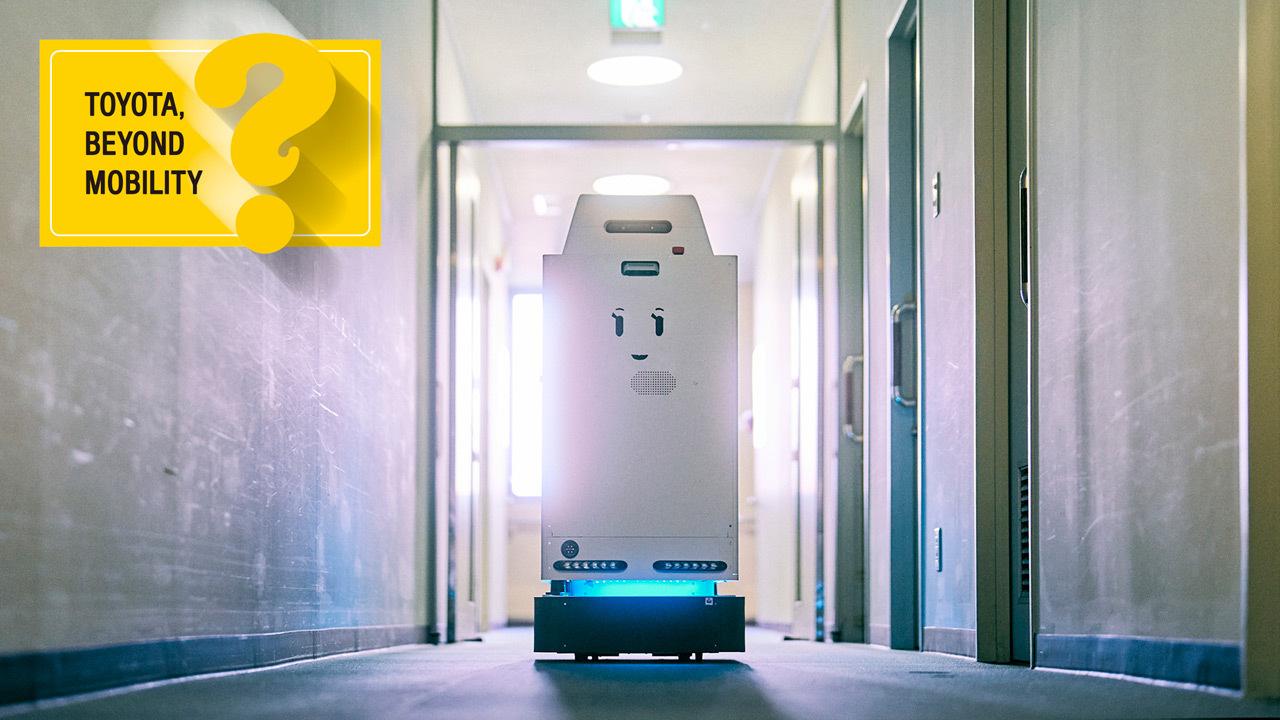
This is a series featuring Toyota's research in non-automotive fields, with the spotlight focusing this time on support for the work of hospital nurses.
Refining an unexpected design
These delivery robots have been adapted for hospital use based on technology from the HSR assistance robot, which played a supporting role at the Olympic and Paralympic Games Tokyo 2020.
The basic setup is the same as that of autonomous driving technology for cars, with cameras and sensors used for positioning and avoiding people and objects while on the move. In a large hospital, however, the robots must also navigate elevators.
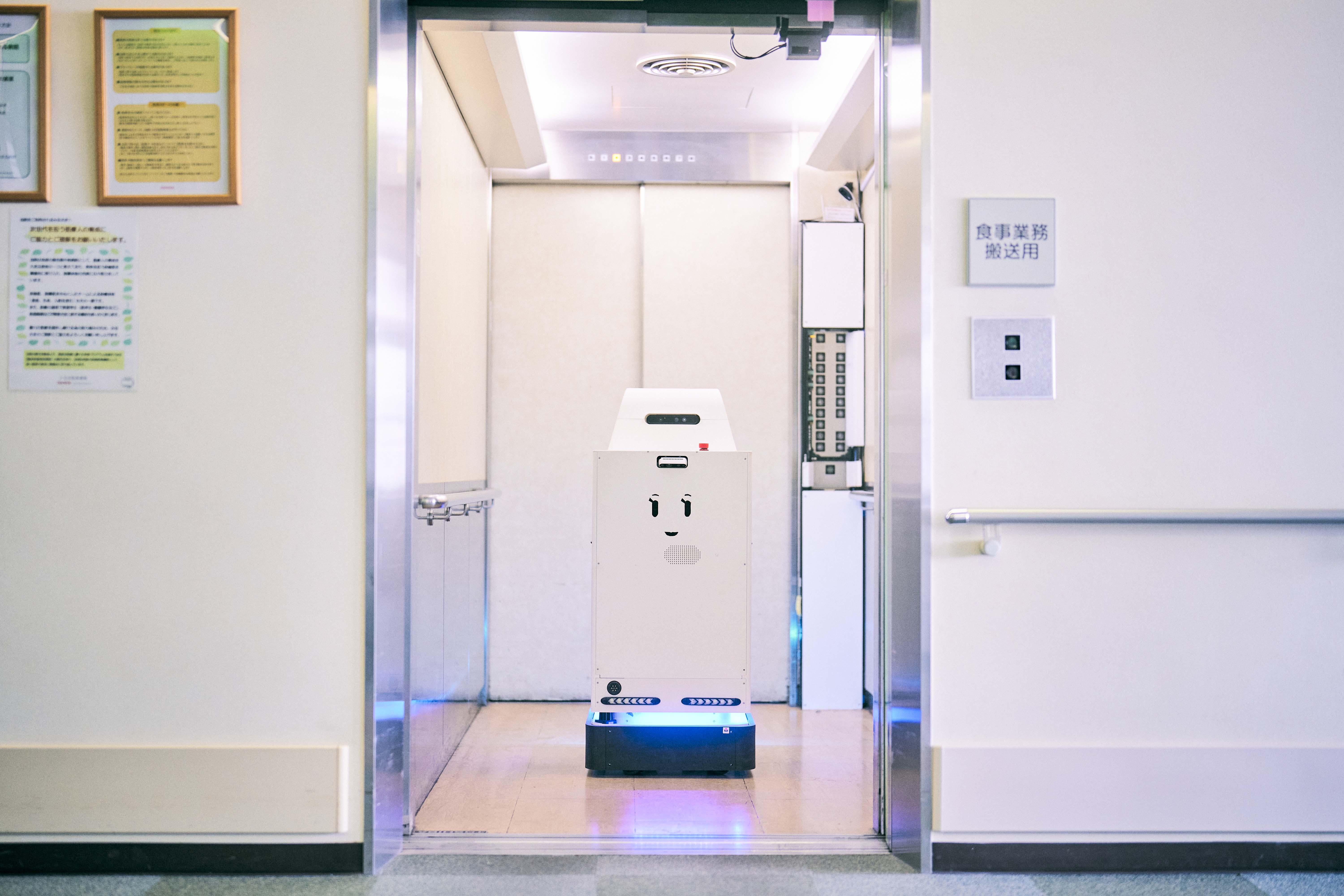
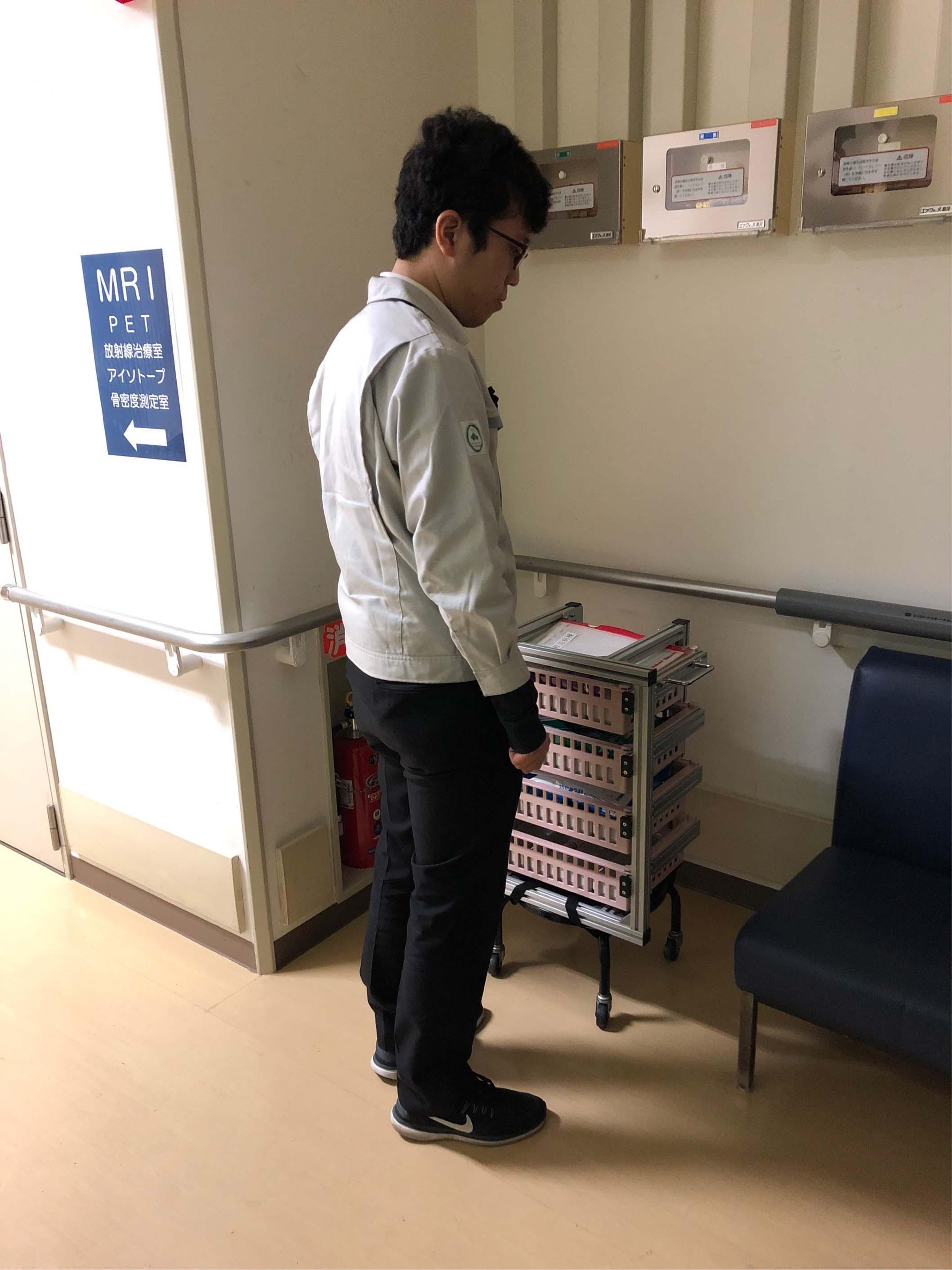
After a year of continuous improvement, the developers arrived at the third-generation robot currently in operation. Yet early on, even this model was prone to stopping or getting lost. On the hospital side, meanwhile, expectations had been high from the get-go, as Kuroda recalls: “We imagined a walking, talking dream robot like Doraemon.”
In response, “We deliberately decided on a design that would not be expected,” says Satoshi Toyoshima from the development team. Indeed, the chosen design does not have a particularly robot-like form, looking instead like the evolution of a household appliance.
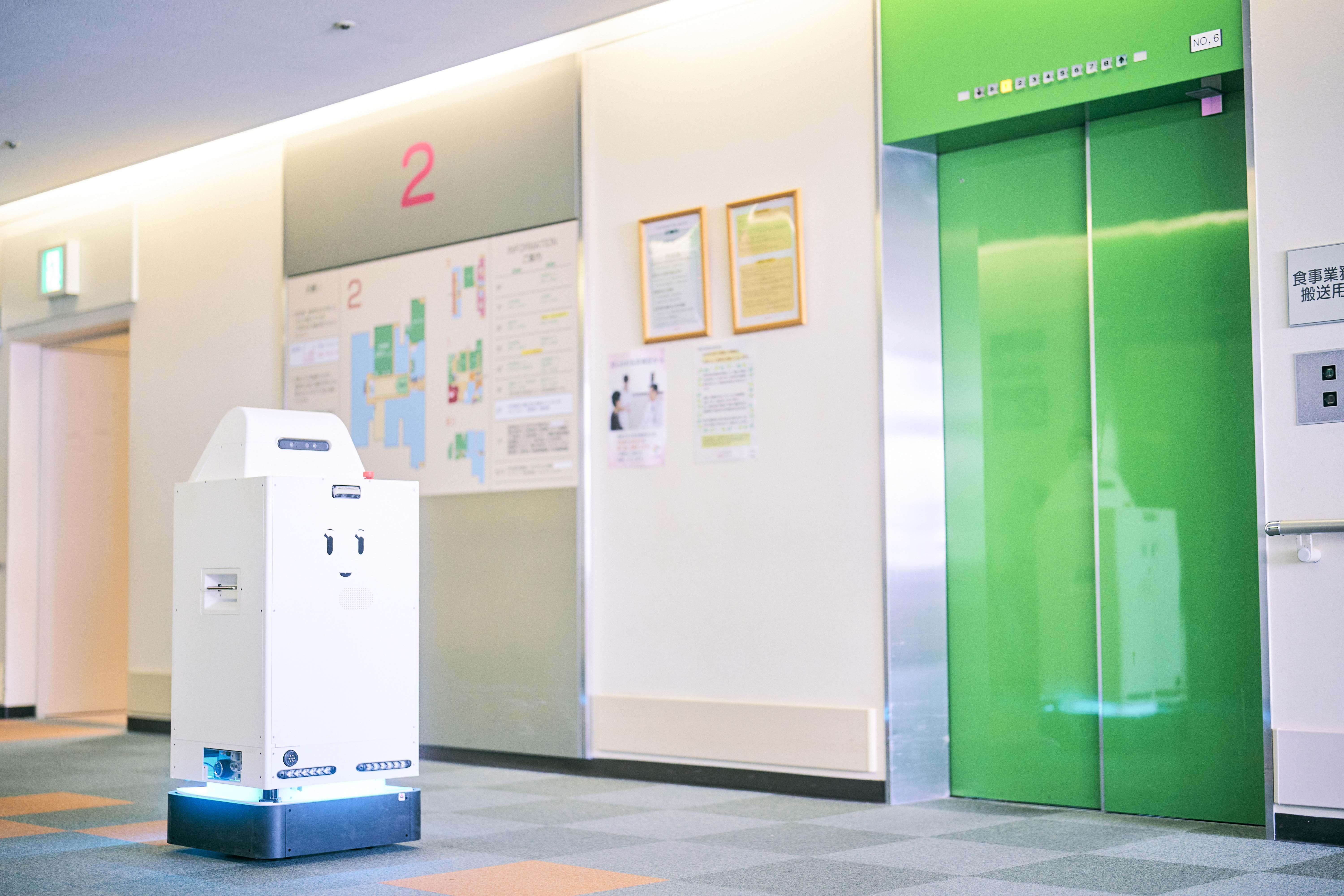
In some ways, the hospital, with its constant foot traffic and zero tolerance for collisions with patients, presented a challenging environment for robot development. There are also many limitations on what robots can do.
By ensuring that both the hospital and Toyota sides were aware of these obstacles, the team was finally able to get everyone on the same page regarding development. According to TPS/Kaizen Promotion Group Manager Yoji Akiba, getting to this point took nearly two years.
Robots become a cherished presence
Thus, the delivery robots gradually became an indispensable part of daily life at the hospital, such that nurses even came to miss them when working in other wards.
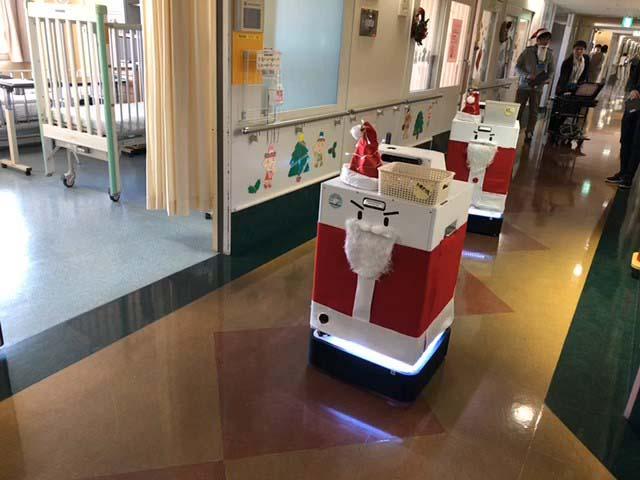
Thanks to the candid and open development process, the nurses now find their work a little easier. Other hospitals have also expressed admiration and interest in Toyota’s unique approach.
The robots have even earned broader recognition beyond the company, including a special commendation at the Japanese Nursing Association’s “2022 Nursing Efficiency Advancement Awards.”
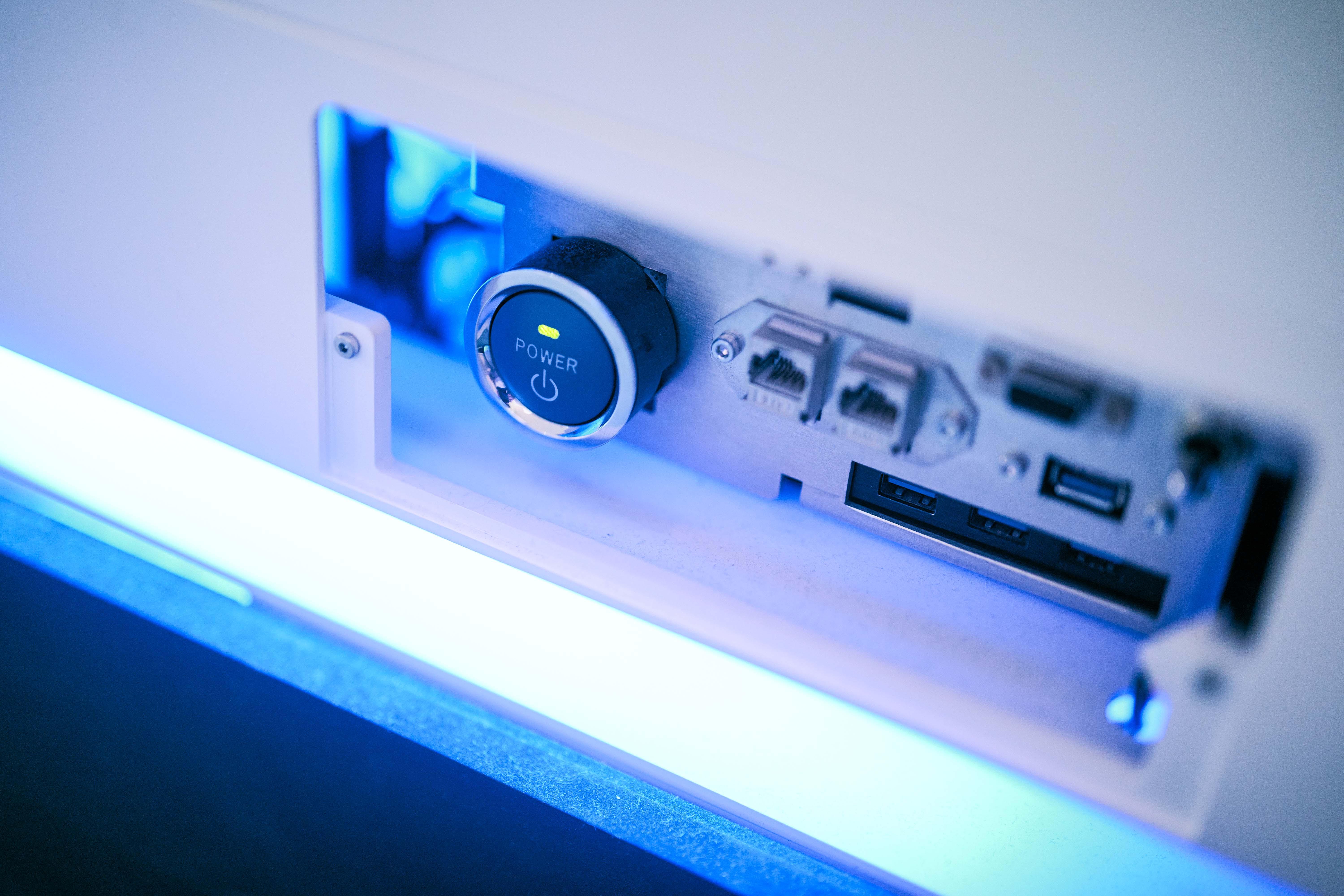
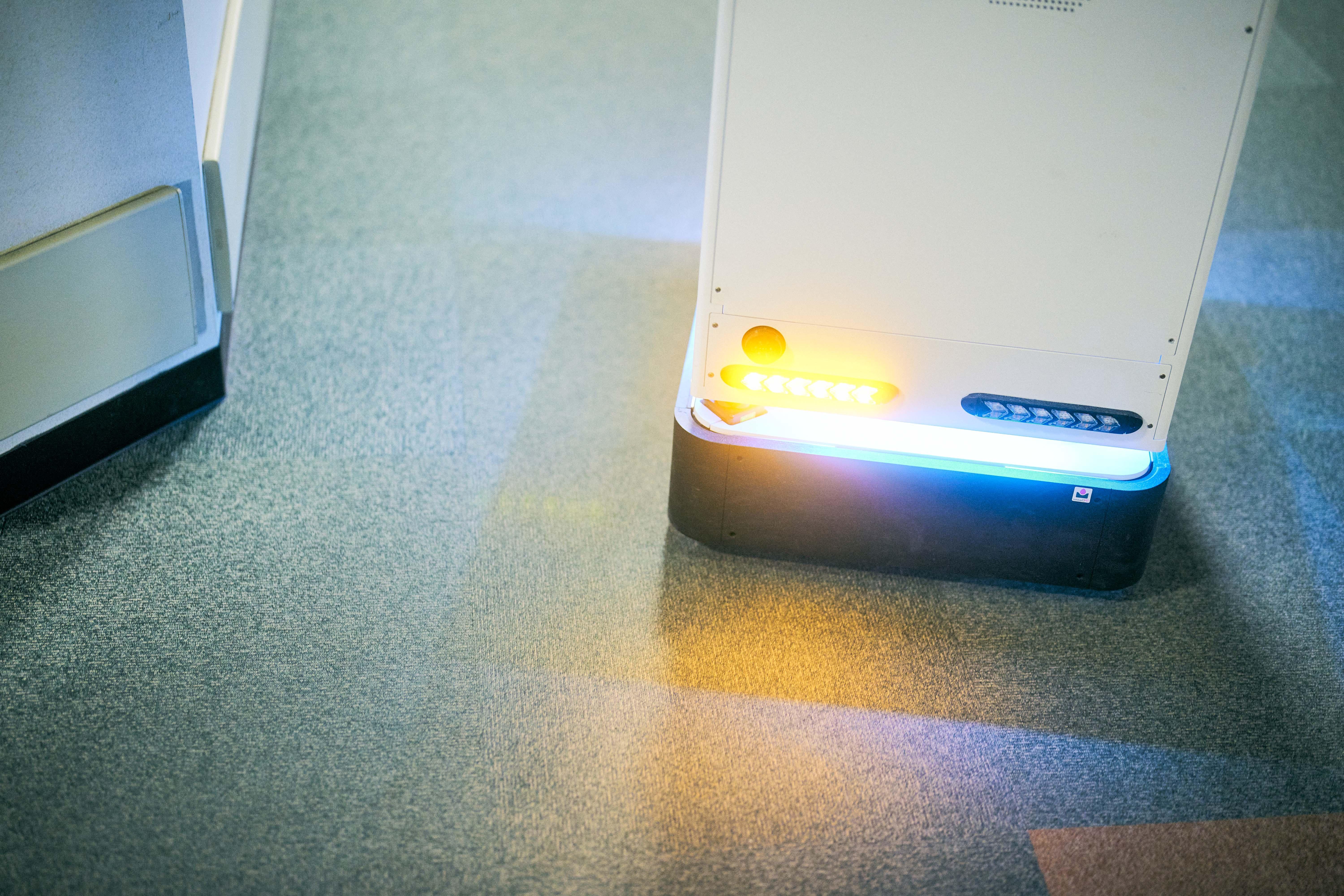
The sight of nurses and patients calling out “good luck” or “see you later” as a robot announces its departure has become a familiar scene. The delivery robots seem filled with pride as they trundle down the corridors.
Further development is currently underway as the team runs ongoing simulations for a new hospital building to be completed in the first half of 2023. They plan to introduce some 30 robots with a greatly expanded stomping ground, up from the current five wards to 17. Their future career certainly seems bright.

